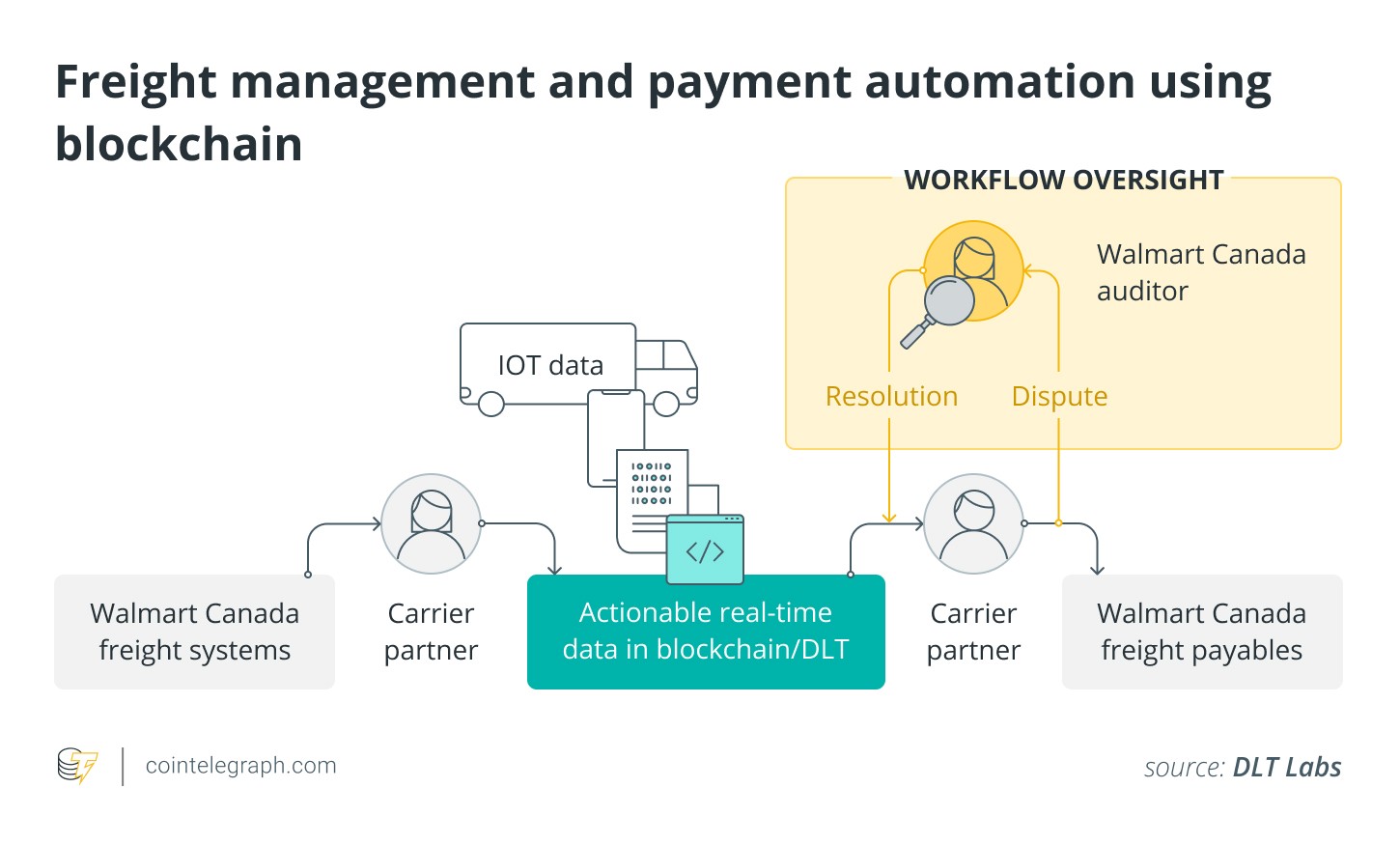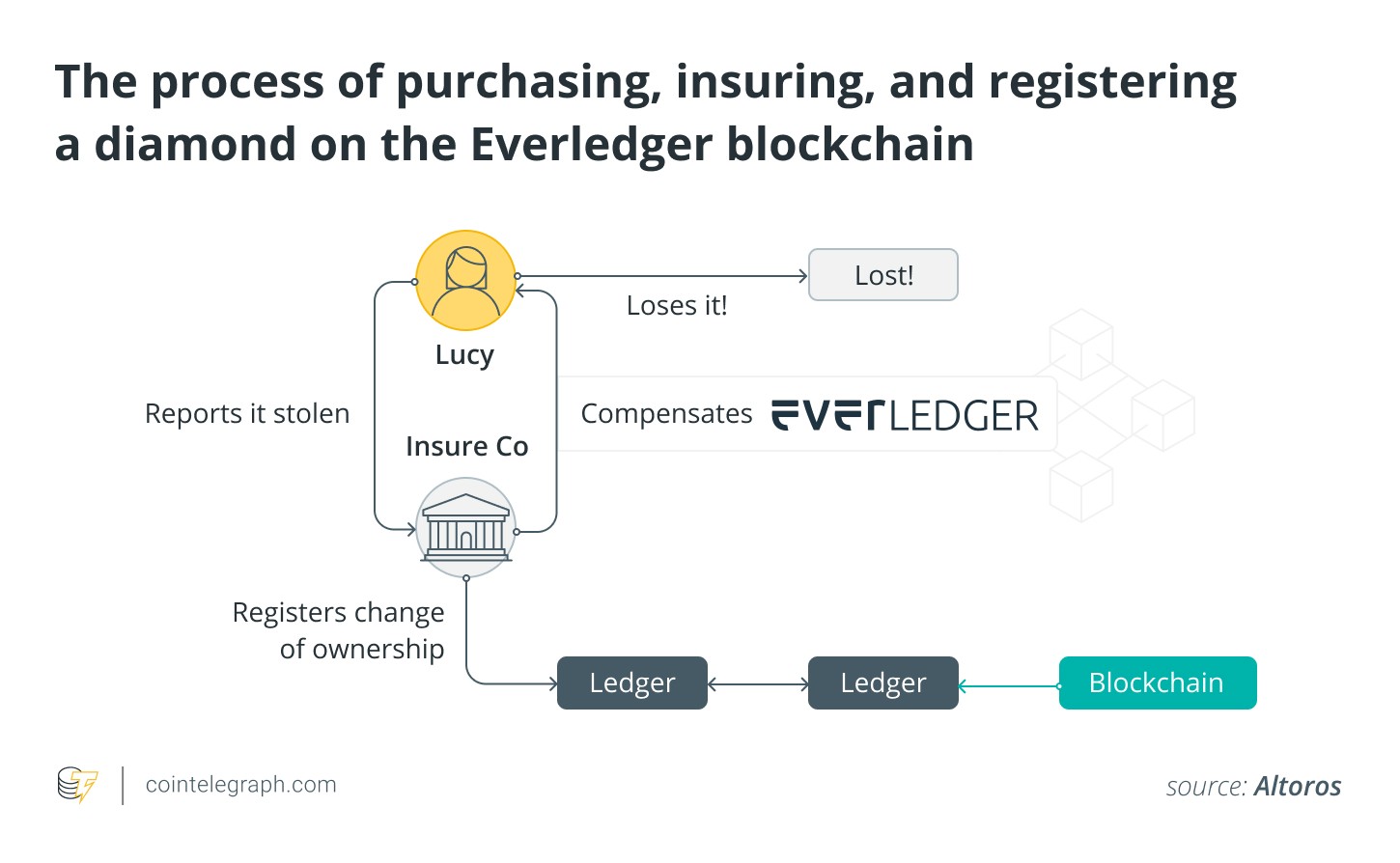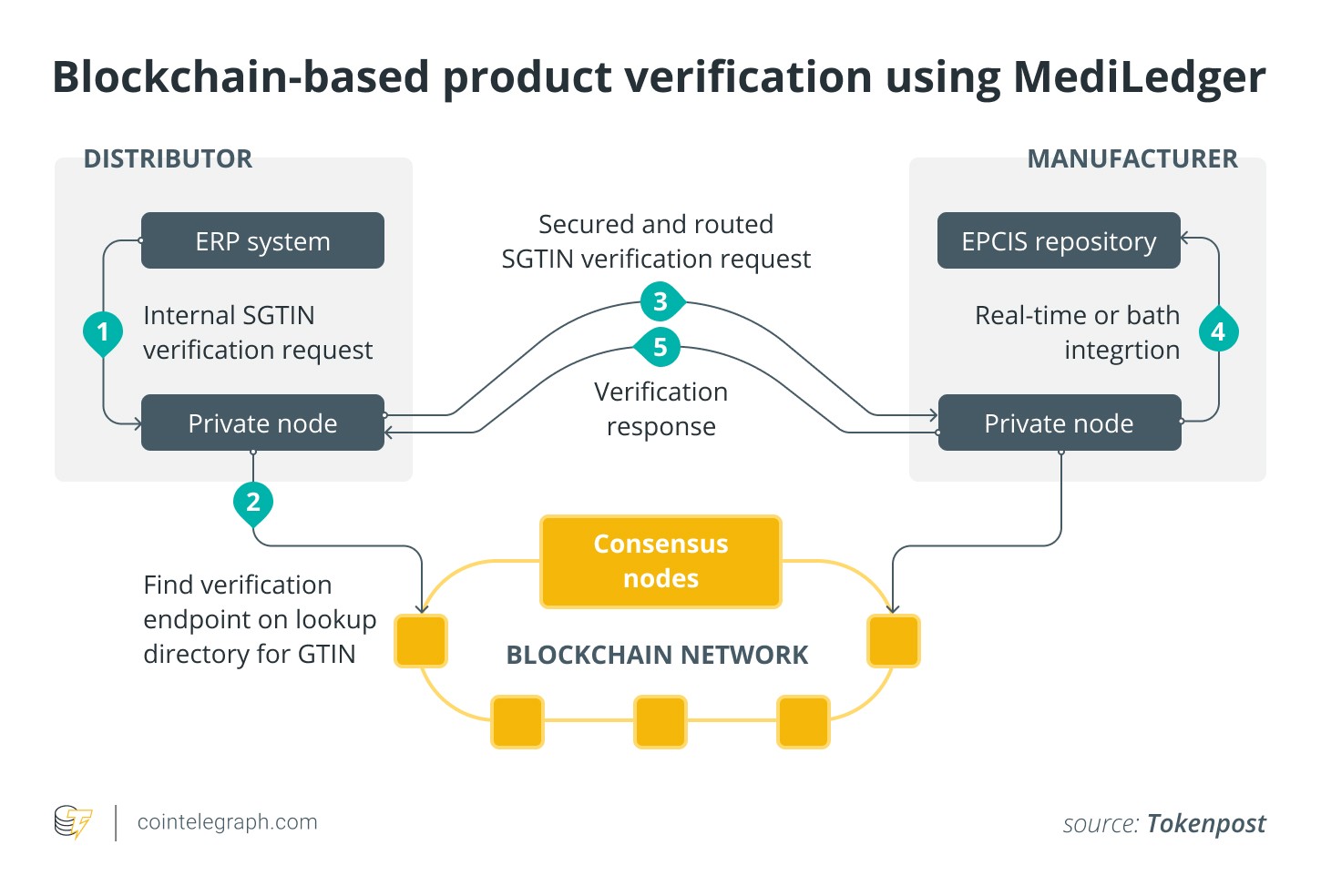An overview of fake product detection using blockchain technology

1.
What is the importance of supply chain transparency?
Supply chain transparency is crucial in preventing the circulation of fake products. Therefore, businesses must take steps to protect their brand and reputation from being tarnished by knockoff goods.
Counterfeit products have become a growing problem, affecting both consumers and legitimate businesses. These products can be harmful and frequently are of low quality, ranging from counterfeit electronics and medications to designer handbags and clothing. For instance, electronics that are counterfeit can be harmful and result in electrocution or fires. A fake Samsung phone was found to be the cause of a man’s death in Malaysia in 2016 after his cell phone burst while charging.
Similarly, counterfeit medicines can be ineffective or even harmful, and they are a major problem in developing countries. For example, in 2012, around 100 people died in Pakistan after taking fake heart medicine. In 2017, Hermes filed a lawsuit against an online shop for selling imitation Hermes bags, which hurt the reputation of the high-end brand.
Fake products hurt genuine businesses, which lose money and their reputation, in addition to consumers who inadvertently buy these products. Consumers must be aware of this problem and make appropriate efforts to avoid purchasing fraudulent goods.
Supply chain transparency is important for a number of reasons:
- Quality control: Companies are able to better understand their suppliers and the procedures used to produce their products when the supply chain is transparent. Because of their ability to spot and resolve any flaws or concerns that develop in the supply chain, businesses are able to improve quality control.
- Sustainability: Transparency in the supply chain is crucial for confirming that businesses are acting ethically and sustainably. Companies can find areas where they might lessen their environmental impact and enhance the working conditions of their suppliers by tracking the whole supply chain.
- Customer trust: As customers come to anticipate transparency in the items they purchase, supply chain transparency can contribute to increased customer trust in businesses. Companies can show their dedication to sustainability by disclosing details about the sources of their products and the processes used in their production.
- Risk management: Supply chain transparency enables businesses to spot possible hazards and take precautions to reduce them. For example, organizations can identify suppliers in high-risk sectors or those with bad track records and take steps to lessen their reliance on these providers.
- Compliance: Rules and regulations in a variety of industries frequently demand supply chain openness. Companies may make sure they are following these laws and staying out of trouble with the law by establishing a transparent supply chain.
2.
How does blockchain technology help in fake product detection?
Blockchain technology can aid in the discovery of fake products by offering a tamper-proof and transparent record of the entire supply chain, making it simpler to trace and verify the authenticity of products and enabling the prompt identification of any fraudulent activity.
Blockchain technology can be used to increase supply chain traceability and transparency, which can aid in identifying and stopping the sale of counterfeit goods. Blockchain establishes an immutable and transparent record of a product’s path from maker to end-user by documenting every transaction and movement of a product on a decentralized ledger.
Let’s use the supply chains for medications as an example. According to the World Health Organization, one in 10 medical products — e.g., medicines — in developing nations are fake, and this issue is equally common in developed nations. By establishing a safe and transparent supply chain for medications using blockchain technology, it will be simpler to identify and stop the distribution of fake medications.
Every time a drug changes hands in a supply chain built on blockchain technology, the transaction is documented on the blockchain, producing a transparent and unchangeable trail of the product’s travels. Cryptographic hashes are used to safeguard the records, making it hard for anyone to alter the records without being noticed.

Smart contracts can also be used to automate supply chain verification and validation, guaranteeing that the product has not been tampered with or deviated from its intended path. In the case that a false product is discovered, smart contracts can also automatically send out alerts, enabling prompt action to stop its future distribution.
For instance, a company called Chronicled developed MediLedger, a blockchain-based solution for the pharmaceutical sector. MediLedger tracks the flow of medications from the producer to the consumer using blockchain technology, producing a transparent and immutable record of each transaction. With the detection of fake medications and their exclusion from the supply chain, this system helps to protect patient safety and medication efficacy.
Here are some steps in a blockchain-based medicine supply chain that can be tracked to prevent the circulation of counterfeit drugs:
- Manufacturer: The company that creates and packages the medication also logs the specifics of that process on the blockchain.
- Distributor: The medicine is then transported to the distributor, which records the receipt of the medicine and its movement on the blockchain.
- Wholesaler: The wholesaler collects the medication from the distributor, checks its legitimacy, and records its journey on the blockchain.
- Pharmacy: After receiving the medication from the wholesaler, the pharmacy checks its legitimacy and documents its movement on the blockchain.
- End-user: After the medication has been purchased, the end-user can scan the blockchain-based QR code on the packaging to confirm its legitimacy.
Therefore, blockchain technology makes it possible to track every step of the supply chain, making it simpler to spot any fraud or tampering with the medicine. This can assist in identifying and stopping the distribution of fake medications and ensuring that only real medicines get to the end users.
Related: What are the applications of NFTs in supply chains?
3.
What are the benefits of using blockchain for product authentication?
The benefits of using blockchain for product authentication include increased transparency, security and traceability of the supply chain, which can help prevent the circulation of counterfeit products.
Since blockchain records are transparent and immutable, meaning once data is added to the blockchain, it cannot be altered or deleted. This makes blockchain an ideal choice for tracking product authenticity and making sure it hasn’t been tampered with.
Moreover, by encrypting data and preventing illegal access, the cryptographic methods used in blockchain technology offer a high level of security. This guarantees that the information stored on the blockchain is safe and cannot be altered.
Blockchain technology is decentralized, which means it is not governed by a single organization. This makes it difficult for hackers to attack and manipulate the system, offering an added degree of security.
In addition, products can be tracked using blockchain technology from their place of origin to their point of consumption. All parties engaged in the supply chain will be able to see the product’s whole history and confirm its legitimacy as a result.
By automating the authentication process, blockchain technology reduces the need for manual verification, freeing up time and resources. This lowers the possibility of human error while increasing supply chain efficiency.
Furthermore, by giving customers a transparent and safe mechanism to confirm the legitimacy of the things they buy, businesses may increase customer trust by leveraging blockchain technology to authenticate products. Increased sales and client loyalty may result from this.
4.
What is the role of digital identities in fake product detection?
Digital identities can help in fake product detection by providing a unique and verifiable identity to each product, making it easier to track its movements through the supply chain and verify its authenticity, thereby preventing the circulation of fake products.
In the modern era of e-commerce, the problem of fake products is prevalent, and it poses significant risks to both consumers and manufacturers. However, digital identities can play a crucial role in detecting and preventing fake products from entering the market.
Digital identities provide a secure and reliable means to validate the origin and ownership of a product. Manufacturers can establish a verifiable record of a product’s validity by registering it with a digital identity.
As technology makes it easier to trace and confirm the authenticity of products, this record can aid in preventing the entry of counterfeit goods onto the market. The movement of goods through the supply chain, from the manufacturer to the final consumer, can also be tracked using digital identities.
This increases visibility and openness throughout the whole supply chain, enabling more effective tracking and management of the product’s journey. In turn, since any irregularities in the supply chain may be found and looked into, this can aid in preventing the entry of fake goods onto the market.
Continuing the example of fake medicines, let’s understand how digital identities can be used in the healthcare industry. For instance, for each batch of medication they generate, pharmaceutical firms can construct digital identities that include details such as the producer, the date of production and the specific serial number of the medication.
A blockchain could be used to store this digital identity, establishing an unchangeable and impenetrable record of the medicine’s validity. Decentralized storage allows users to store their own credentials on their devices, giving them full control and making their identities self-sovereign. This allows for greater interoperability and protection against being locked into a single platform.
Before distributing medication to patients, pharmacies, hospitals and other supply chain distributors could use digital identification to confirm the medicine’s legitimacy. This may aid in preventing the distribution of bogus medications that might be harmful to patients. Digital identities can also be used to monitor and manage the flow of pharmaceuticals more efficiently by tracking them as they move through the supply chain.
5.
Are there any companies using blockchain for product authentication?
Many companies, such as Walmart, Everledger, Chronicled and Provenance, use blockchain for product authentication.
Here are some examples of how these companies are using blockchain for product authentication:
Walmart
Walmart tracks the food supply chain, including mangoes in the United States, using blockchain technology. Walmart can track a product’s origin and follow it as it moves through the supply chain using blockchain, giving customers confidence in its authenticity and transparency.

Everledger
Everledger is a business that uses blockchain technology to give diamonds and other expensive things a digital identity. Customers can use their platform to check a diamond’s digital identification, which contains details about the diamond’s origin, cut and carat weight to confirm the legitimacy of the stone.

Chronicled
For medications, luxury goods and other high-value products, Chronicled employs blockchain technology to provide product authenticity and supply chain transparency. Its software enables businesses to monitor a product’s full supply chain, giving customers transparency and verification.

Provenance
Blockchain technology is used by Provenance to provide supply chain transparency. Its software enables businesses to follow a product’s full supply chain, from its raw components to its finished product, giving consumers transparency and verification.
6.
What are the challenges and limitations of blockchain-based product authentication?
While blockchain-based product authentication has many benefits, there are also several challenges and limitations that need to be considered, including the high cost of implementation, limited scalability and the need for interoperability between different blockchain networks.
Developing a blockchain-based system can be pricey, and there might be extra expenses related to teaching staff how to use the system. The requirement for technical know-how to create and operate a blockchain-based system presents another difficulty. This can call for specialized abilities that are hard to come by in a business or sector.
Another drawback of blockchain-based product authentication is scalability. The size of the blockchain may drastically increase as more products are added to the system, which could result in longer processing times and more expensive transactions.
However, blockchain technology is not standardized, which can make it challenging to connect with current systems and technologies. For businesses looking to use blockchain-based product authentication, this may present difficulties.
Data privacy is also a concern when it comes to blockchain-based product authentication. Although blockchain technology offers a safe and impenetrable record of transactions, data privacy remains a problem. Businesses must make sure that the data they gather and store complies with all applicable privacy laws.
Another issue with blockchain-based product authentication is adoption and acceptance. Since blockchain technology is still in its infancy, some stakeholders, including suppliers, distributors and clients, may be reluctant to accept it. The efficiency of blockchain-based product authentication might be constrained by this.
Related: Five major challenges in the blockchain industry
7.
What are the future directions and potential applications of blockchain technology in product authentication?
Blockchain technology has already shown promise in the area of product authentication, and there are many potential future applications for this technology, including interaction with IoT devices and AI, and product identification in various industries.
The creation of more sophisticated blockchain-based systems that can interact with other technologies such as the Internet of Things (IoT) and artificial intelligence (AI) is one potential route. This may make it possible for items to be tracked and authenticated in a more sophisticated manner along the supply chain, thereby reducing the risk of fraud, forgery and other product tampering.
The growth of decentralized markets is another potential use of blockchain technology in product authentication. By eliminating intermediaries such as banks or payment processors, these marketplaces would employ blockchain technology to facilitate direct transactions between buyers and sellers. By doing so, it may be possible to increase transparency, decrease transaction costs and provide a securer and more reliable infrastructure.
Food safety and traceability could both benefit from the use of blockchain technology. Businesses can make sure that food goods are secure, high-quality and fresh by utilizing blockchain to track the entire supply chain.
Moreover, blockchain technology can be applied to boost the origin and production transparency of food products, fostering consumer trust and raising the product’s worth. In addition to these possible uses, blockchain technology also has a lot of other opportunities for product identification, such as in the pharmaceutical, luxury and electronics industries.
Blockchain technology can help to avoid fraud and counterfeiting, preserve consumer safety and improve overall economic performance by providing a secure and transparent record of transactions.






 Bitcoin
Bitcoin  Ethereum
Ethereum  Tether
Tether  USDC
USDC  TRON
TRON  Dogecoin
Dogecoin  Cardano
Cardano  Bitcoin Cash
Bitcoin Cash  LEO Token
LEO Token  Chainlink
Chainlink  Zcash
Zcash  Monero
Monero  Stellar
Stellar  Litecoin
Litecoin  Hedera
Hedera  Dai
Dai  Cronos
Cronos  OKB
OKB  Tether Gold
Tether Gold  Ethereum Classic
Ethereum Classic  KuCoin
KuCoin  Gate
Gate  Algorand
Algorand  Cosmos Hub
Cosmos Hub  VeChain
VeChain  Dash
Dash  Tezos
Tezos  TrueUSD
TrueUSD  Stacks
Stacks  IOTA
IOTA  Basic Attention
Basic Attention  Decred
Decred  Theta Network
Theta Network  NEO
NEO  Synthetix
Synthetix  Qtum
Qtum  0x Protocol
0x Protocol  Ravencoin
Ravencoin  DigiByte
DigiByte  Nano
Nano  Zilliqa
Zilliqa  Holo
Holo  Siacoin
Siacoin  Numeraire
Numeraire  Waves
Waves  Ontology
Ontology  Enjin Coin
Enjin Coin  BUSD
BUSD  Status
Status  Hive
Hive  Pax Dollar
Pax Dollar  Lisk
Lisk  Steem
Steem  Huobi
Huobi  OMG Network
OMG Network  NEM
NEM  Bitcoin Gold
Bitcoin Gold  Augur
Augur  HUSD
HUSD